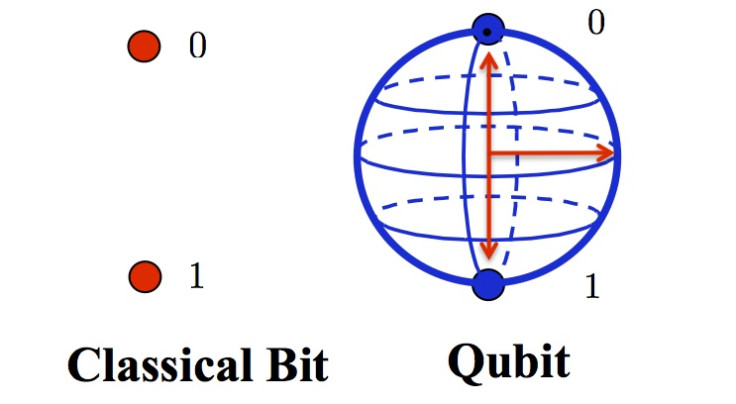Massless particle more conductive than graphene paves way for more stable quantum computers

The discovery of a massless particle known as a Weyl fermion may lead to new types of quantum computing, according to researchers.
The quasiparticle properties of the Weyl fermion mean it could find applications in quantum computers more resistant to disruption. Findings of the research were published in the journal Science.
"It's like [Weyl fermions] have their own GPS and steer themselves without scattering," said lead author of the study Zahid Hasan. "These are very fast electrons that behave like unidirectional light beams and can be used for new types of quantum computing."
What is quantum computing?
Quantum computers replace traditional bits that are used in digital communications with quantum bits, or qubits. Potential applications can be found in a variety of fields, from medicine to space travel.
Qubits exist in a state of superposition, meaning they can be in both states at once, rather than restricted to either binary state as traditional bits function.

First theorised in 1929 by mathematician and physicist Hermann Weyl, the Weyl fermion particle is able to move electric charge inside electronics more quickly than electrons due to its lack of mass.
Weyl fermions could theoretically carry charge 1,000x faster than ordinary semiconductors, and at least twice as fast as wonder material graphene.
"Weyl fermions are the basic building blocks; you can combine two Weyl fermions to make an electron," said Hasan.
"Weyl fermions could be used to solve the traffic jams that you get with electrons in electronics – they can move in a much more efficient, ordered way than electrons. They could lead to a new type of electronics we call 'Weyltronics'."
Hasan and his team from Princeton University claim that Weyl fermions offer new ways of encoding quantum information as they are less prone to interacting with their environment, thus making them more stable.
"Professor Hasan's experiments report the observation of both the unusual properties in the bulk of the crystal as well as the exotic surface states that were theoretically predicted," said Ashvin Vishwanath, a professor of physics at the University of California-Berkeley who was not involved in the study.
"While it is too early to say what practical implications this discovery might have, it is worth noting that Weyl materials are direct 3-D electronic analogs of graphene, which is being seriously studied for potential applications."
© Copyright IBTimes 2025. All rights reserved.






















